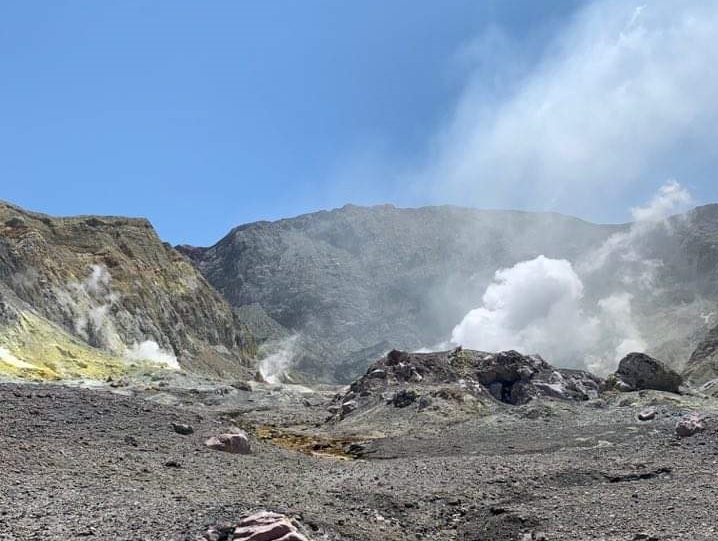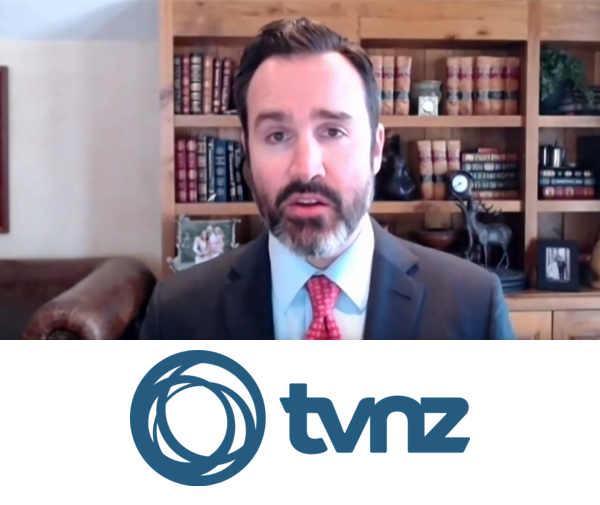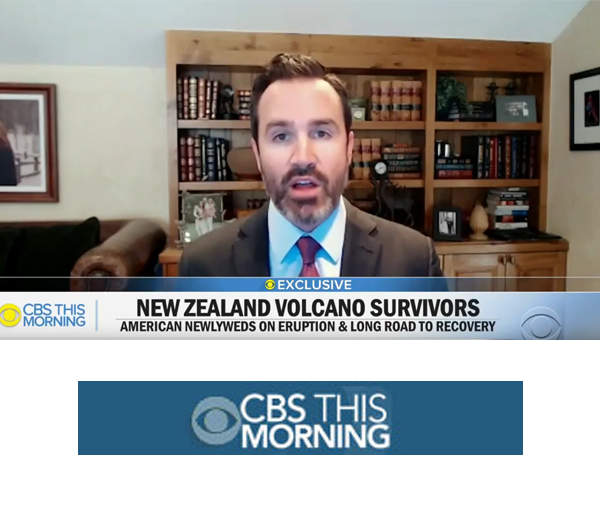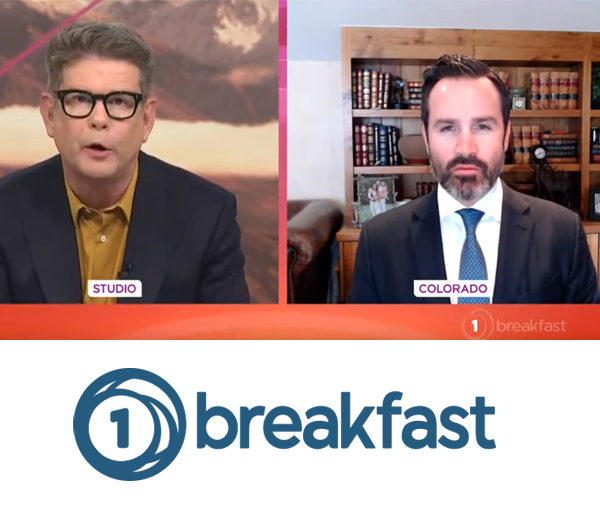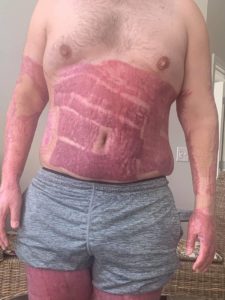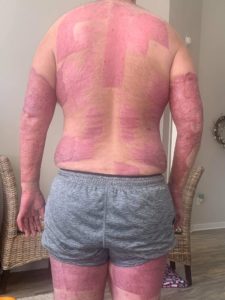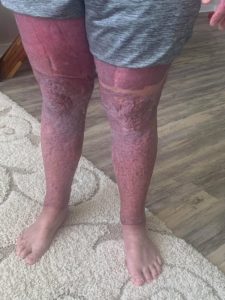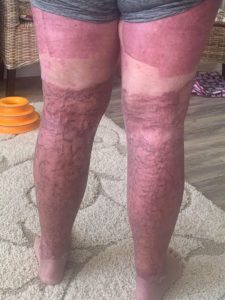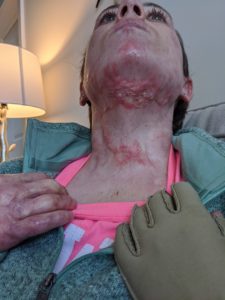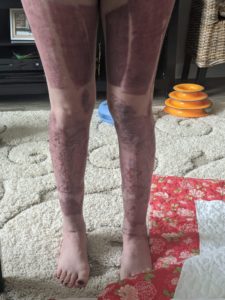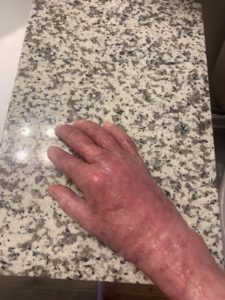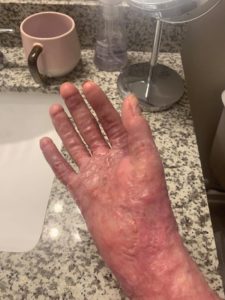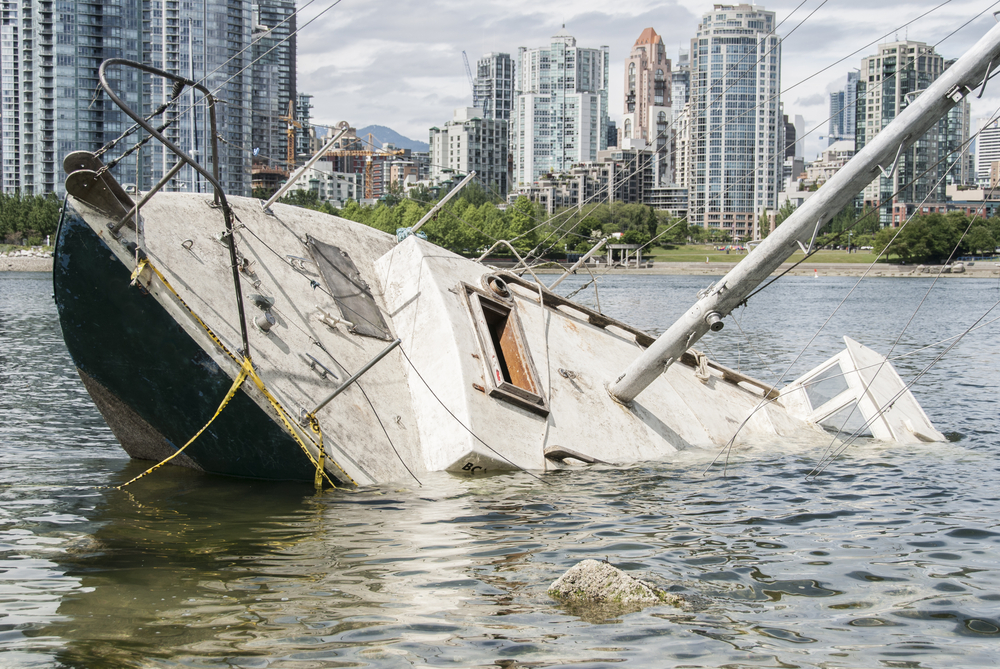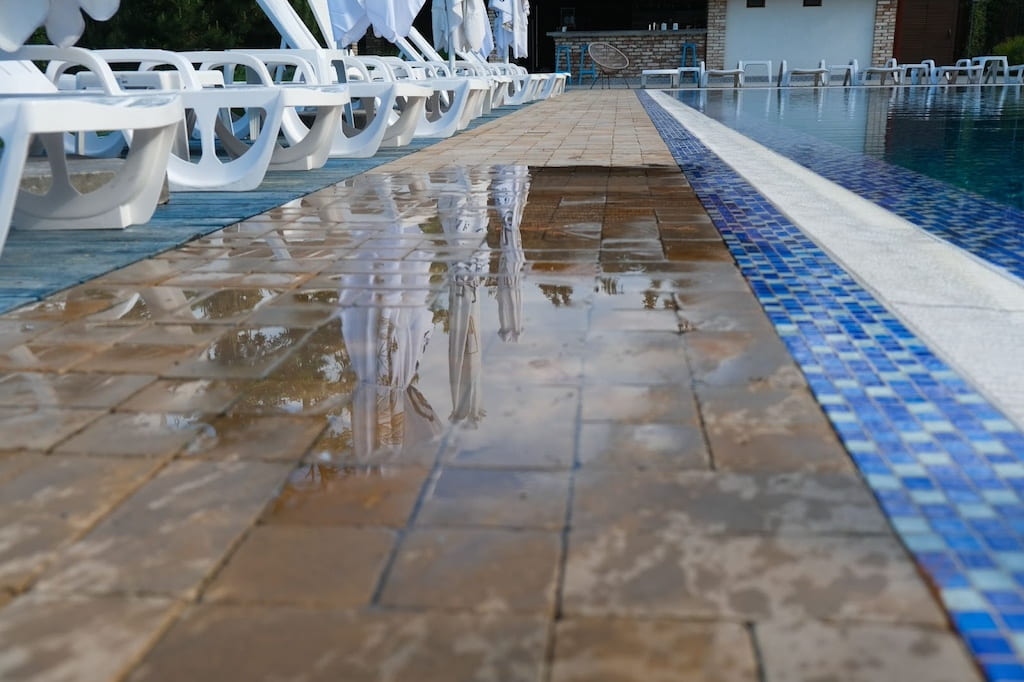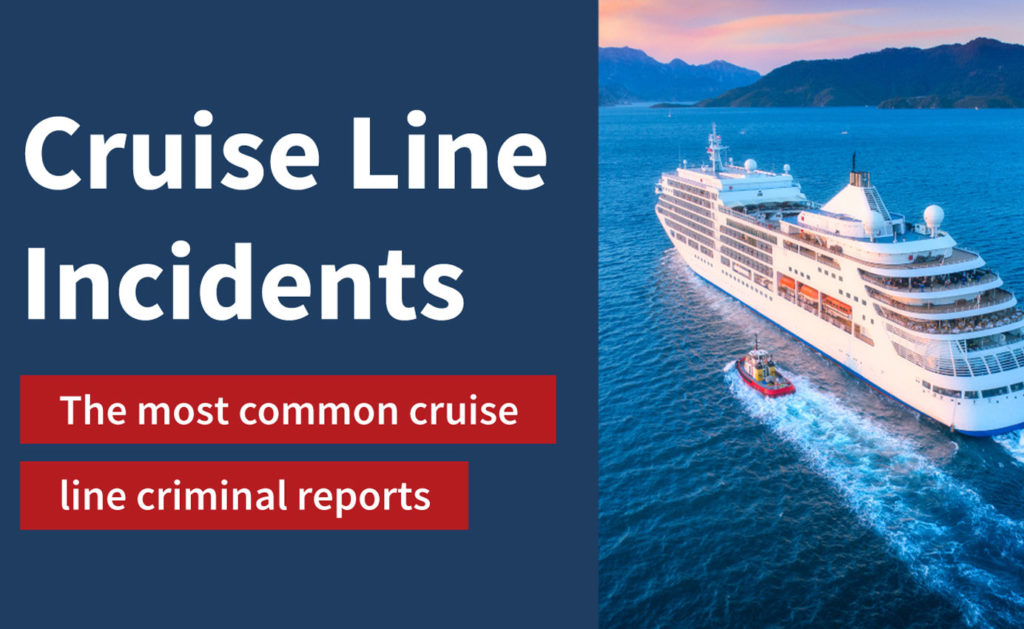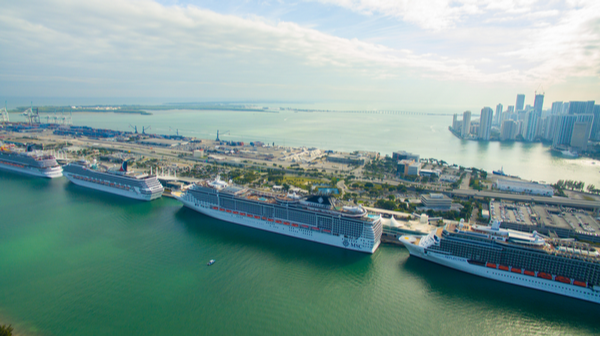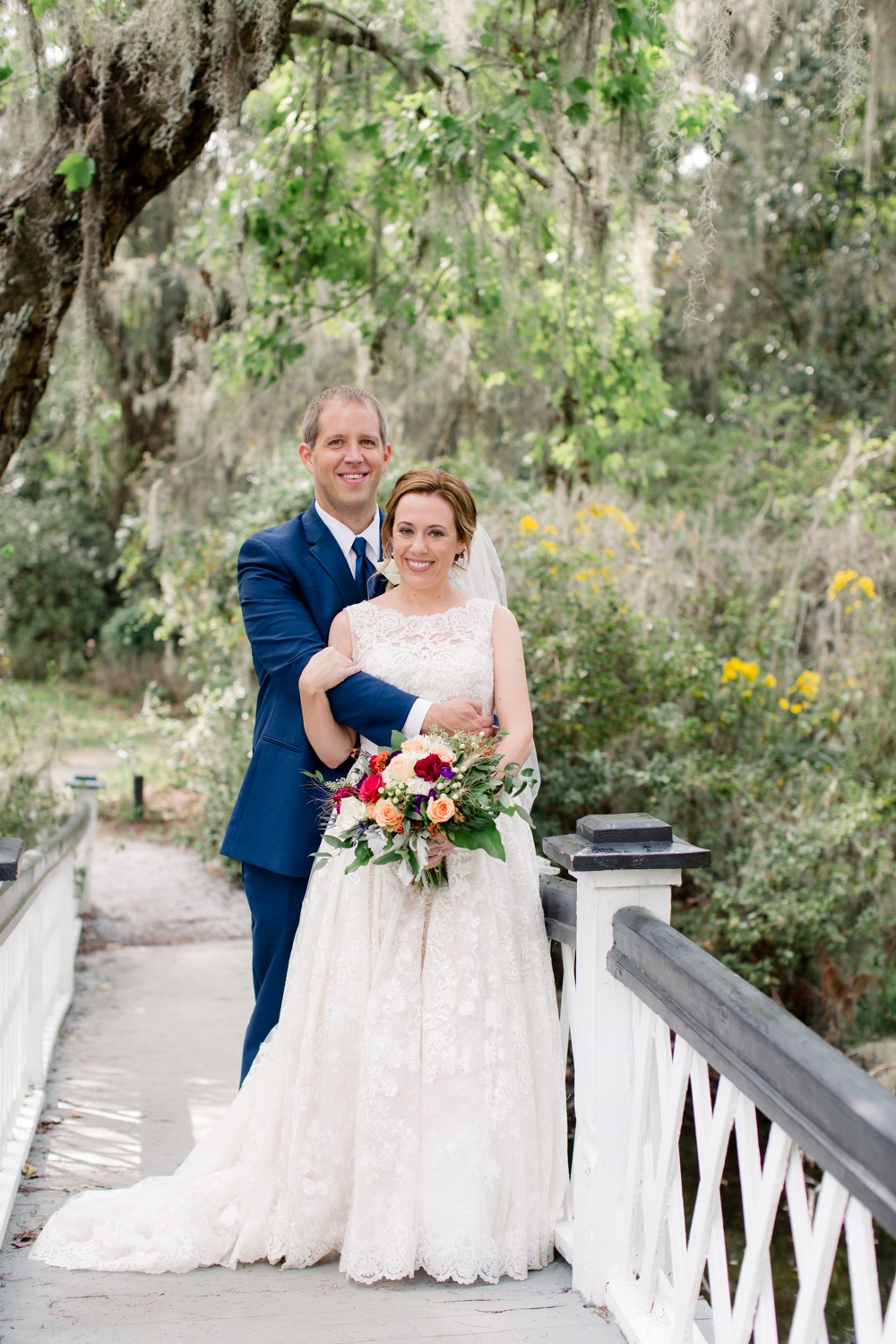
A lawsuit on their behalf has been filed against the cruise line and the New Zealand based shore excursion operator. The applicable maritime law holds that Royal Caribbean has a well-defined legal duty to warn its passengers of known dangers.x
With regard to this volcano excursion, Royal Caribbean’s promotional material merely referred to White Island as “one of the most active volcanoes in the world.” It failed to give any notice or warning that this volcano erupted multiple times in the past ten years, with the most recent being three years earlier. To make matters worse, Royal Caribbean knew or should have known that there was a high potential for the volcano to erupt during this excursion based on the increased alert level issued by New Zealand’s volcano monitoring service, GeoNet, in the weeks before Plaintiffs’ cruise.
On November 18, 2019 (three weeks before the incident), the Volcanic Alert Level was raised to 2, which is the highest level it can be when it is not erupting. According to the Volcanic Alert Bulletin, “monitored parameters show[ed] further increases in activity. Hazards on the island [were] now greater than during the past few weeks…. The patterns of signals [were] similar to those through the 2011-2016 period and suggest[ed] that Whakaari/White Island may be entering a period where eruptive activity is more likely than normal…”
On November 25, 2019 (two weeks before the incident), the Volcanic Alert Level remained at 2. The Volcanic Alert Bulletin stated “no new changes [were] observed[,]” and it reiterated that “[t]he monitoring observations [were] similar to those seen in the more active 2011-2016 period and suggest[ed] that Whakaari/White Island may be entering a period where eruptive activity is more likely than normal.”
On December 3, 2019 (less than one week before the incident), the Volcanic Alert Level remained at 2, and the Volcanic Alert Bulletin said “[m]oderate volcanic unrest continue[d] at Whakaari/White Island, with substantial gas, steam and mud bursts observed… Overall, the monitored parameters continue[d] to be in the expected range for moderate volcanic unrest and associated hazards exist[ed]. The monitoring observations bear some similarities with those seen during the 2011-2016 period when Whakaari/White Island was more active and stronger volcanic activity occurred. Observations and data to date suggest[ed] that the volcano may be entering a period where eruptive activity is more likely than normal.” Based on the above, Royal Caribbean knew or should have known of the increased volcanic alert levels by directly monitoring the levels itself or being informed of such levels by the Excursion Entity.
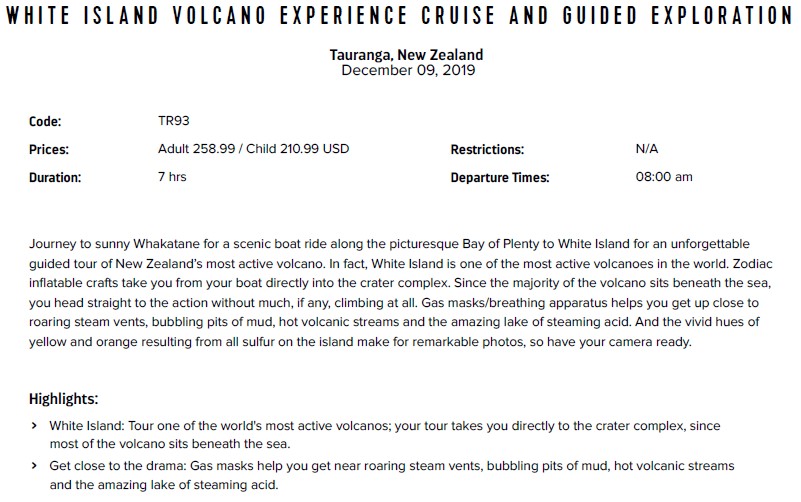
It is LM&W’s opinion that the tour should have been cancelled immediately upon learning of this increased activity level. Sadly, it was not. Consequently, 38 passengers were catastrophically injured and 19 died.
After this tragic, preventable incident, Royal Caribbean canceled all shore excursions to active volcanoes, including the subject excursion.
Remarkably, this isn’t the first time Royal Caribbean has cancelled a volcano shore excursion. Roughly a year and a half before the subject incident, a group of 23 tourists were injured when a volcano in Hawaii (Kilauea) erupted during their tour. Royal Caribbean temporarily canceled excursions scheduled to visit the area. This incident should have been enough for Royal Caribbean to realize that tours to active volcanoes were unreasonably dangerous. Royal Caribbean should have canceled all excursions to active volcanoes then, instead of waiting for its own passengers to be catastrophically injured.
Perhaps most incredibly, the White Island Volcano in New Zealand is known to be more active than the Kilauea Volcano. This begs the question: Why cancel the Hawaii volcano excursion and not the White Island Volcano excursion when the White Island Volcano is more active, and thus more dangerous than the other?
Much of the press related to this preventable tragedy has centered on New Zealand and how it provides little or no damages for the families and survivors of this eruption, but LM&W is confident and hopeful that it will be able to keep the case in America and thereby avoid the draconian limitations of New Zealand law. Cases like this involving cruise shore excursions are a specialty of LM&W and have resolved countless similar cases against foreign companies doing business with the cruise lines.
LM&W Has Been Featured in News Around the World Regarding our Expertise in this High Profile Case
- January 11, 2022 Stuff NZ - Whakaari/White Island lawsuits claim victims weren’t warned of active volcano risks
- January 6, 2022 Miami New Times - Into the Inferno: Victims, Families Claim Royal Caribbean Sent Them to Active Volcano
- December 2, 2020 - American newlyweds severely injured in Whakaari eruption ‘thrilled’ by WorkSafe charges
- December 2, 2020 CBS News - Charges filed year after volcano eruption kills 22 in New Zealand
- June 30, 2020 NY Post - Virginia honeymooners injured by New Zealand volcano sue Royal Caribbean
- June 30, 2020 CNN - Couple sues Royal Caribbean after sustaining severe burns in deadly New Zealand volcano eruption
- June 30, 2020 Fox Business - Newlywed suing Royal Caribbean describes volcano-eruption horror: ‘Could feel my skin burning’
- June 29, 2020 CBS News - U.S. couple files lawsuit after barely surviving deadly New Zealand volcano eruption: “We’re very angry”
- June 29, 2020 Daily Mail - Newlyweds sue Royal Caribbean after their bodies were horrifically scorched by an active volcano that erupted while on a honeymoon excursion in New Zealand, claiming the cruise line ignored warnings that left 19 passengers dead
- June 16, 2020 TV NZ - American survivors of White Island eruption to seek damages from cruise line and tour operators
LM&W looks forward to seeking justice for our clients harmed in this preventable tragedy.
Published on June 16, 2020
Categories: Featured, International Maritime, Royal Caribbean Cruises, Shore Excursions, Vacation Accidents
Get Free
Consultation





